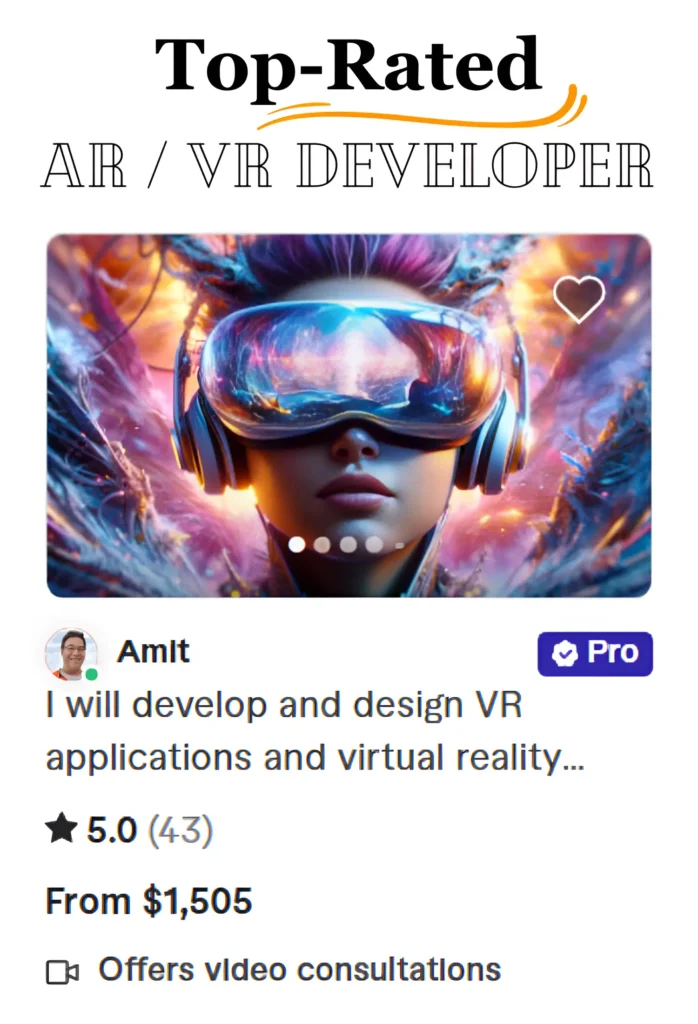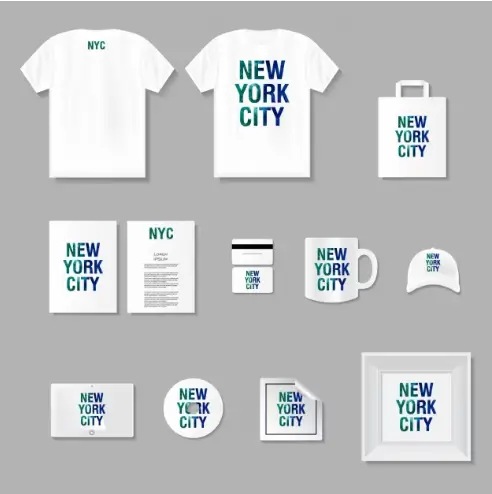Crafting Immersive Experiences: A Deep Dive into AR/VR Marketing
Imagine a world where you could step into a magical realm, explore distant planets, or even try on clothes without leaving your room.
This isn’t a dream; it’s the reality of Augmented Reality (AR) and Virtual Reality (VR).
These technologies are revolutionizing the way we interact with the world, and businesses are increasingly leveraging them to create unforgettable marketing experiences.
Understanding AR and VR: A Simple Breakdown
Let’s break down these terms into simple language. Imagine you’re looking at a picture book.
Now, imagine if the characters in the book could pop out of the pages and interact with you. That’s kind of like AR. It overlays digital information onto the real world, making it feel like the two are blending together.
VR, on the other hand, is like stepping into a movie.
You wear a special headset that blocks out the real world and transports you to a completely different environment. It’s like being inside a video game, but you’re the main character!
Why AR and VR for Marketing?
You might wonder, “Why would businesses use these technologies?” The answer is simple: to make marketing more fun and engaging.
Think about it. If you were shown a boring product description, would you pay attention?
Probably not. But if you could experience that product in a virtual world or see it magically appear in your living room, wouldn’t that be much more exciting?
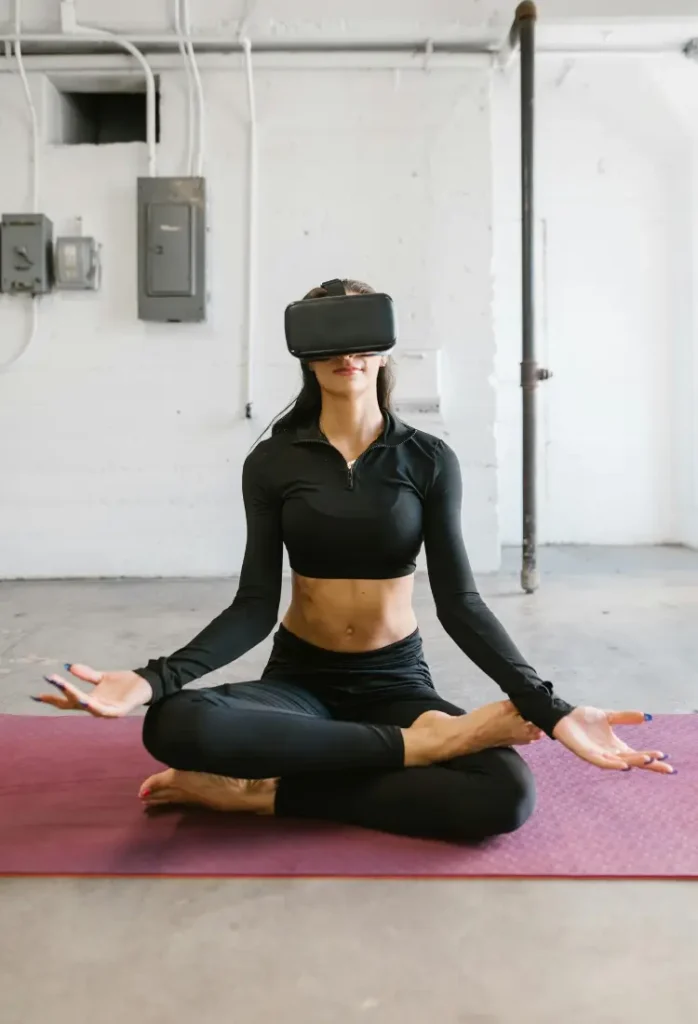
Key Benefits of AR/VR Marketing:
- Enhanced Customer Experience: AR and VR can create truly immersive experiences that captivate your audience.
- Increased Brand Engagement: By offering unique and interactive experiences, you can build stronger connections with your customers.
- Improved Product Demonstrations: AR and VR can help you showcase your products in a way that traditional marketing methods can’t.
- Boosted Sales: By providing a more compelling shopping experience, you can drive more sales.
Also See: Transform Your LinkedIn Profile with Fiverr Resume Experts
Real-World Applications of AR/VR in Marketing:
The possibilities are endless! Here are some practical examples of how businesses are using AR and VR:
- Virtual Try-On: Imagine trying on clothes without leaving your home. With AR, you can virtually try on different outfits and see how they look on you.
- Virtual Showrooms: Businesses can create virtual showrooms where customers can explore products in a 3D environment.
- Interactive Product Demos: AR can bring product demonstrations to life, allowing customers to interact with products in a more engaging way.
- Gamification: AR and VR can be used to create interactive games that promote your brand and products.
- Training and Education: These technologies can be used to create immersive training experiences for employees and customers.
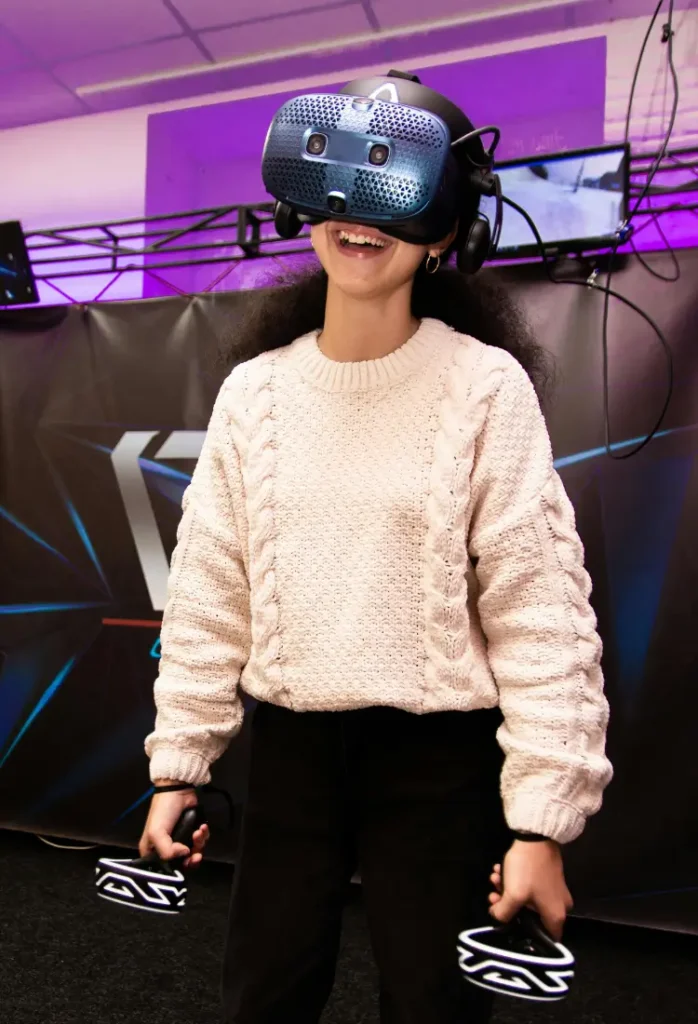
How to Develop AR/VR Experiences for Your Business
If you’re interested in incorporating AR and VR into your marketing strategy, here’s a step-by-step guide:
- Define Your Goals: What do you want to achieve with your AR/VR experience? Are you trying to increase brand awareness, drive sales, or improve customer satisfaction?
- Choose the Right Technology: Decide whether AR or VR is the best fit for your goals. Consider the target audience and the type of experience you want to create.
- Create Engaging Content: Develop high-quality content that is visually appealing and interactive.
- Select the Right Platform: Choose a suitable platform to distribute your AR/VR experience. This could be a mobile app, a web-based experience, or a dedicated VR headset.
- Test and Iterate: Test your experience with a small group of users to gather feedback and make improvements.
Need Help? Consider Hiring a Freelancer
If you’re not a tech expert, don’t worry! You can hire freelancers to help you develop your AR/VR experiences.
Platforms like Fiverr offer a wide range of AR and VR developers who can bring your ideas to life.
Remember, the Future of Marketing is Immersive
As technology continues to evolve, AR and VR will become even more powerful tools for marketers. By embracing these technologies, you can create unforgettable experiences that will leave a lasting impression on your audience.
Additional Tips for Creating Effective AR/VR Marketing Experiences:
- Keep it Simple: Don’t overload your users with too much information. Focus on delivering a clear and concise message.
- Prioritize User Experience: Make sure your AR/VR experience is easy to use and intuitive.
- Leverage Social Media: Share your AR/VR experiences on social media to generate buzz and reach a wider audience.
- Measure Your Results: Track key metrics such as engagement, time spent, and conversion rates to evaluate the effectiveness of your AR/VR campaigns.
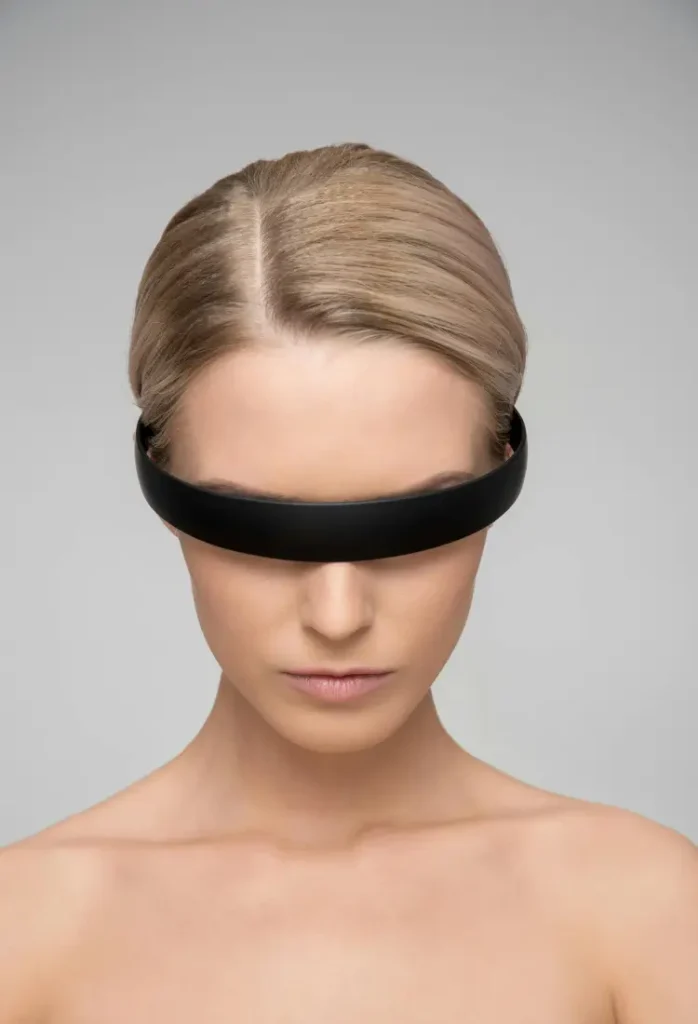
Conclusion
In conclusion, Augmented Reality (AR) and Virtual Reality (VR) are revolutionizing the marketing landscape.
These immersive technologies offer a wealth of opportunities for businesses to engage with their customers in innovative and memorable ways.
By understanding the core concepts of AR and VR, businesses can leverage these technologies to:
- Enhance Customer Experience: Create captivating and interactive experiences that go beyond traditional marketing methods.
- Boost Brand Engagement: Forge stronger connections with customers by providing unique and unforgettable experiences.
- Improve Product Demonstrations: Showcase products in a more engaging and informative way, leading to better understanding and decision-making.
- Drive Sales: Stimulate purchasing behavior by providing immersive shopping experiences that excite and inspire.
To effectively implement AR/VR in your marketing strategy, consider the following:
- Define Clear Goals: Clearly articulate what you aim to achieve with your AR/VR experience, whether it’s increasing brand awareness, driving sales, or improving customer satisfaction.
- Choose the Right Technology: Select the technology that best aligns with your goals and target audience, considering factors like cost, complexity, and desired level of immersion.
- Create Engaging Content: Develop high-quality, visually appealing, and interactive content that resonates with your audience and delivers a seamless experience.
- Select the Right Platform: Choose a suitable platform for distributing your AR/VR experience, whether it’s a mobile app, web-based experience, or dedicated VR headset.
- Test and Iterate: Thoroughly test your experience with a diverse group of users to gather feedback and make necessary improvements.
By following these steps and leveraging the potential of AR/VR, businesses can unlock new avenues for growth and create lasting impressions on their customers.
Remember, the future of marketing is immersive, and those who embrace these technologies will be well-positioned to lead the way.
You can hire some of the best AR/VR Developers on Fiverr for the best price.

